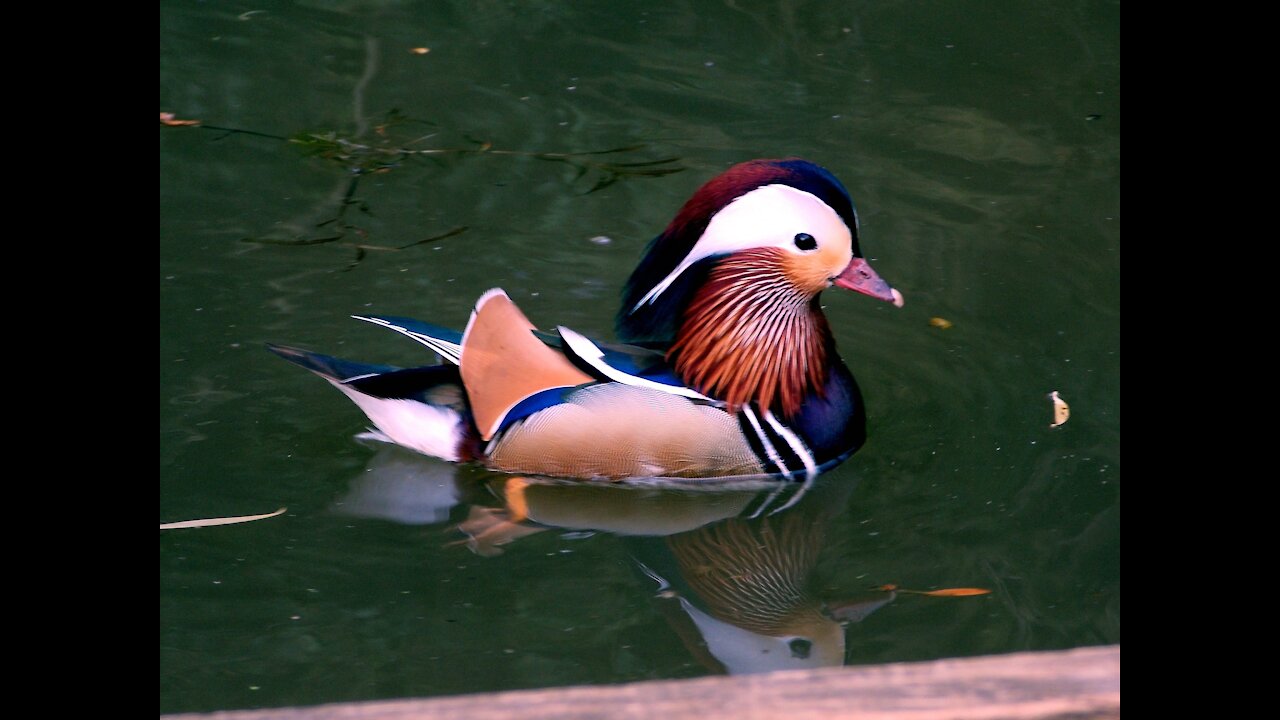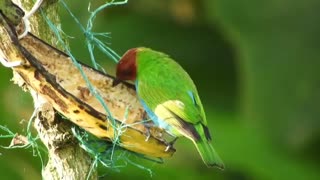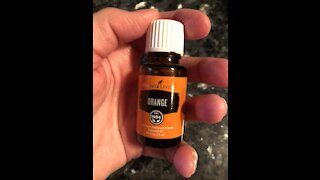Premium Only Content

Duck-Everything about Duck
Duck is the common name for numerous species in the waterfowl family Anatidae which also includes swans and geese. Ducks are divided among several subfamilies in the family Anatidae; they do not represent a monophyletic group but a form taxon, since swans and geese are not considered ducks. Lifespan: Mallard: 5 to 10 years
Clutch size: 8 to 13
Wingspan: 81 to 98 centimeters
Family: Anatidae
Mass: 0.72 to 1.6 kilograms, Canvasback: 1.2 kilograms,
Marbled duck: 480 Gram,
Length: 50 to 65 centimeters Canvasback: 48 to 56 centimeters
Ducks are birds and are commonly known as "waterfowl" because they spend so much time in places with water. They love water! They are found everywhere in the world except Antarctica where it is too cold for them.
. . Ducks are birds that are also called "waterfowls" because they are normally found in places with water like marshes, oceans, rivers, ponds, and lakes. on species. • Some species of ducks migrate or travel long distances every year to breed. Usually they travel to warmer areas or where the water does not freeze so that they can rest and raise their young. The distance may bethousands of miles away. • Ducks are found everywhere in the world except the Antarctica which is too cold for them. • Ducks are related to geese and swans, but the duck is the smallest of them all. • Ducks have shorter necks and wings than other waterfowl, and they also have a stout body. Ducks of different species look different. • Some ducks are very colorful like the Perching ducks. Usually, the males or drakes are usually the brightly colored ones while the females (ducks) are usually dull - colored and brown in color so that they can hide and camouflage from their enemies when they are in their nests.
. Ducks have webbed feet that are designed for swimming. Their webbed feet act like paddles and they waddle instead of walk because of their feet. The duck's feet cannot feel cold even if it swims in icy cold water because their feet have no nerves or blood vessels. • The duck has water - proof feathers. A special gland that produces oil is located near the duck's tail. This oil spreads and covers the outer coat of the duck's feathers, making it water proof. Beneath the water - proof feathers are fluffy and soft feathers that keep the duck warm. • Ducks keep their feathers clean by preening. They do this by putting their heads in funny positions and putting their beaks into their body. They preen themselves very often.
• Most ducks quack, however, the wood duck squeals. The duck's mouth is called a "bill". However, ducks bills come in different shapes and sizes. The shape of the bill and body features will determine how the duck hunt for its food. • Ducks usually look for a mate in winter. The males will attract the females with their colorful plumage or feathers. Once the female lays 5 to 12 eggs, she will start to sit on her eggs to keep it warm so that they can hatch into ducklings. The males on the other hand, will be with the other males.
• The eggs of most ducks will hatch within 28 days. The mother duck will keep her ducklings together to protect them from predators. Animals like the hawk, snakes, raccoon, turtles, and large fish will eat the ducklings. • Ducklings are able to fly within 5 to 8 weeks. The production of eggs are affected by daylight. When there is more daylight, the ducks will lay more eggs. • In the months of July to December when daylight is short, ducks slow down their production of eggs. Sometimes, they stop laying eggs completely during these months. To prevent this from happening, farmers use artificial lighting so that the ducks have about 17 hours of light a day to produce eggs efficiently.
Teeth
No, ducks don't have true teeth like you do. Instead of teeth, ducks have specialized serrated mouth parts called lamellae on the insides of their bills. If you rub your finger across a duck's lamellae, they feel similar to the end of a slightly sharp comb. Jackson the duck shows off her lamellae.
Habitat Ducks are birds that are also called "waterfowls" because they are normally found in places with water like marshes, oceans, rivers, ponds, and lakes. on species.
-
 5:21
5:21
Abdirhman2
3 years agoAbout nature 1
107 -
 2:43
2:43
LeonWelling
3 years ago $0.03 earnedA Cartoon About Everything.
1301 -
 0:41
0:41
EssentialsByDeb
3 years ago $0.01 earnedA Tip About Orange
532 -
 5:39
5:39
KTNV
3 years agoThe Truth About Collagen
708 -
 1:06:10
1:06:10
LFA TV
1 day agoThe Return of 45 | TRUMPET DAILY 1.20.25 7pm
107K1 -
 1:50:51
1:50:51
2 MIKES LIVE
11 hours ago2 MIKES LIVE #169 Inauguration Day Special!
70.9K12 -
 1:58:10
1:58:10
Quite Frankly
15 hours ago"The Inauguration Day Call-in Show" 1/20/25
64.7K13 -
 1:13:26
1:13:26
The Big Mig™
12 hours agoTrump’s Back!
63.4K13 -
 1:06:36
1:06:36
The Rubin Report
15 hours agoNo One Expected These Brutal Moments in Trump’s Inauguration Speech with Co-Host Sage Steele
153K154 -
 8:34:54
8:34:54
Dr Disrespect
18 hours ago🔴LIVE - DR DISRESPECT - DELTA FORCE - STARFALL NEW SEASON
144K22